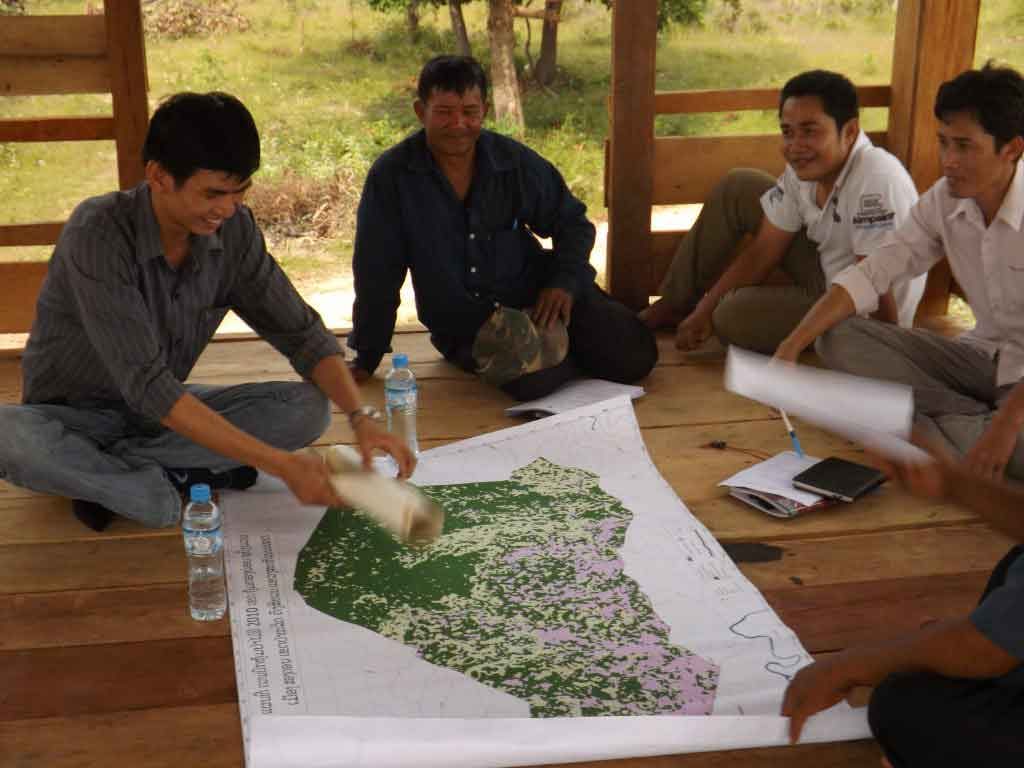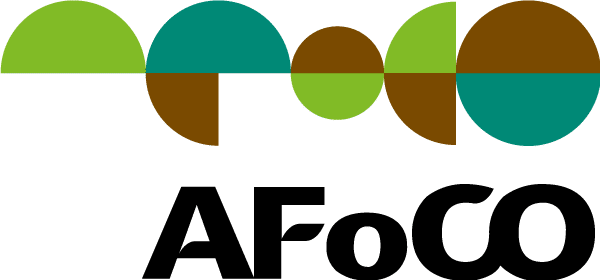Goal & Objectives
The RRR-DFE Project aimed to strengthen transboundary cooperation on biodiversity conservation, forest restoration, watershed management, and ecotourism among five MBCs through pilot testing, organizing workshops on best practices and technology transfer, and capacity development activities. This Project further sought to achieve sustainable management of forest resources, biodiversity, and environment through local people participation. Overall objectives are:
- to investigate the present status of biodiversity utilization and forest management;
- to strengthen transboundary cooperation among the MBCs on conservation of landscape biodiversity and ecotourism, and
- to exchange knowledge and lessons learned on best practices of sustainable forest management and biodiversity conservation.
Cambodia: Biodiversity Conservation Linked with Ecotourism
Detailed map and boundary demarcation including potential sites of ecotourism and the information of wildlife and biodiversity in Mondulkiri Protection Forest area which is a trans-boundary forest area with Viet Nam was completed with consent from all stakeholders. Base on this map, the survey of biodiversity utilization was carried out. The Bunong, an ethnic group, were heavily relied on non-timber forest products (NTFP) such as resin, wild fruit, honey, etc. Training programs for local rangers on GPS usage were conducted as well as capacity building of local stakeholders to better understand ecotourism and alternative livelihood activities were organized.
Lao PDR: Participatory Forest Management Linked with Certification
Through the use of GPS, boundary demarcation was conducted for four villages, village rehabilitation area, village rattan planting area and individual household planting site for commercial tree species and rattan. A village nursery was also set up at Khamsavang Village and tree and rattan planting were implemented.
Technology transfer and capacity development were also undertaken. Important training courses on rattan seedling production, mushroom cultivation, and sustainable forest management participation including low impact logging model are conducted to about 60 people or households in four (4) project target villages. The villagers maintained the planted trees and rattan in Ban Khamsavang through the involvement of village youth.
Myanmar: Ecotourism Linked with Watershed Management
The ecotourism development plan for Pwe Hla Watershed was initiated and local capacity building activities such as local training course in watershed management, biodiversity conservation, and ecotourism development were conducted. As part of the project activity, a hostel was built for the watershed management training center. The project built check dams and through involving the local people. In addition, knowledge sharing activities were undertaken through the participation of forestry officials and community leaders in regional workshops.
Thailand: Ecotourism Linked with Forest Restoration
A survey was done on the status of related organizations implementing works on environment (ecotourism, urban forest, forest carbon, among others) followed by data analysis and documentation. The project activities in Thailand focused on developing the best practice model for ecotourism. The ecotourism model of Mae Yao Watershed (MY Model) was formulated and disseminated to all MBCs and watershed communities concerned. Building of check dams and local trainings were organized to encourage local involvement in participatory management.
Vietnam: Ecotourism and Payment for Forest Environmental Services Linked to Biodiversity
The baseline survey on ecotourism impacts, payment for Forest Environmental Services and biodiversity conservation was carried out to be used for developing a model of payment for ecosystem (PES) linked to ecotourism. Awareness-raising activities were implemented for local people, visitors, and students through the Center for Ecotourism and Environmental Education (CEEE) which is an important tool for distributing its revenue to the local people.



